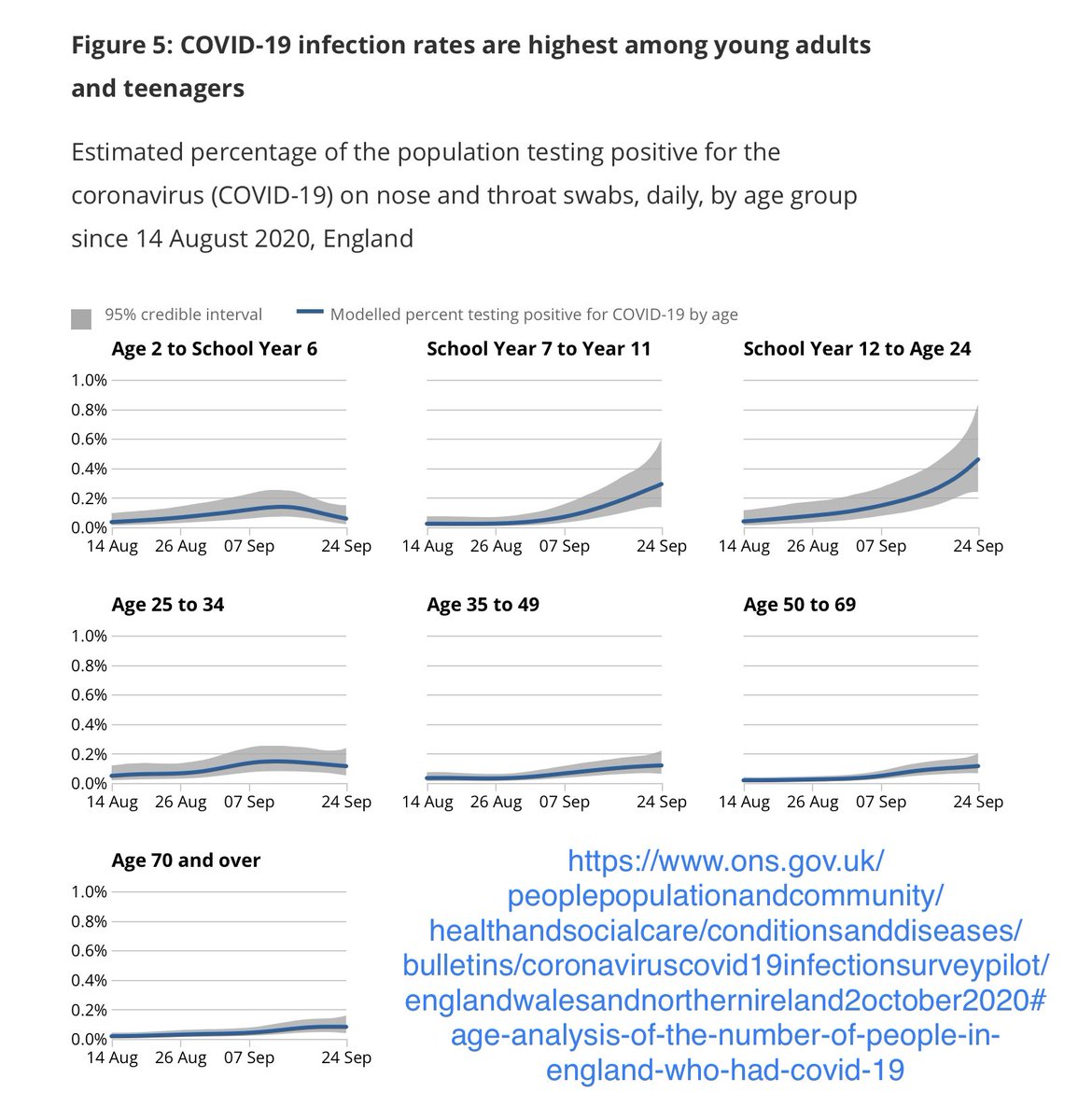
Assistant Prof of Math at UIUC. Recently moved from Cambridge U, UK. PhD @Harvardmath. BS Physics. Other interests Covid-19, med journal reform, education.
4 subscribers
How to get URL link on X (Twitter) App


 To estimate this growth advantage,…
To estimate this growth advantage,…


https://twitter.com/SarahDRasmussen/status/1445306047607066627Out of the 811 non-“see results” respondents about their own 12-15 school in England,


https://twitter.com/JamesWard73/status/1436704007251185670For the 2 who’d moved out > a decade ago, we asked her to send back the envelope and tick “not at this address.”







https://twitter.com/skynews/status/1345998975661314048The ONS study named 4 teacher categories: nursery (4%), primary (18%), secondary (23%), and Teacher of unknown type [ToUT] (63%).
https://twitter.com/sarahdrasmussen/status/1343639170011574272

https://twitter.com/sarahdrasmussen/status/1330744740711698433Back story: in Nov, due to a SAGE (schools group) request, a few ONS authors looked at random sampling covid test data (their associated questionnaires ask for occupation) to compare risks to teachers, health/social-care-related key workers, + an “Other professions” category. 2/

https://twitter.com/publiclawcentre/status/1338809859744149505Of course, the govt response is still not good enough.

 This would be more analogous to if Parliament had said,
This would be more analogous to if Parliament had said,

https://twitter.com/tweetsbyames/status/1331940372755468291Here’s the new DfE guidance.


https://twitter.com/SarahDRasmussen/status/1330294388354899969(1) ONS still good.

 On 3 Nov, the Department for Education tweeted a video of Chris Whitty saying:
On 3 Nov, the Department for Education tweeted a video of Chris Whitty saying:https://twitter.com/educationgovuk/status/1323701607159099392


 “Should” is a euphemism for “must.”
“Should” is a euphemism for “must.”https://twitter.com/SarahDRasmussen/status/1314593804633231360

https://twitter.com/apoorva_nyc/status/1319408652311285761-UK link is outdated. For late Oct, random sampling estimates all 3 child age-groups more infected than any adult group. 2-11s are 2nd highest!

